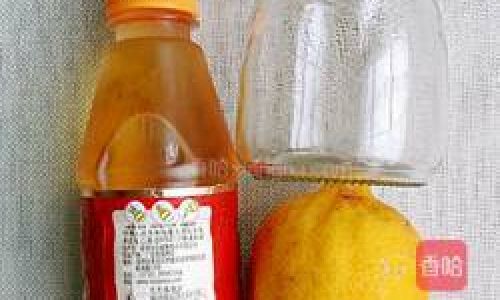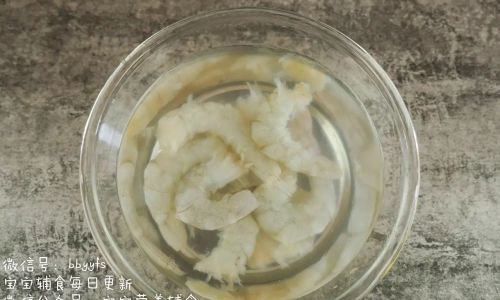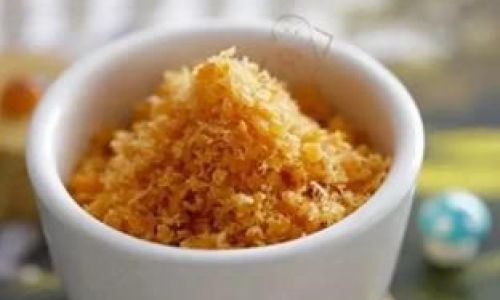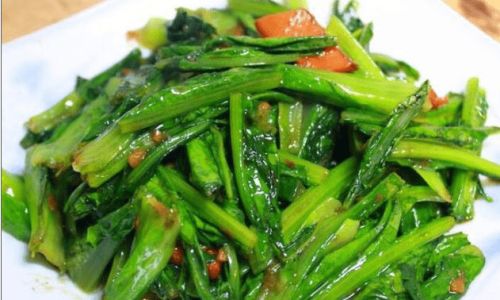Introduction
Pickled salted lemon slices are a delightful and versatile condiment that can elevate the flavor of various dishes, from drinks to desserts and savory meals. This traditional preservation method not only extends the shelf life of lemons but also intensifies their citrusy aroma and tanginess, making them a cherished ingredient in many cuisines worldwide. Whether you’re looking to add a zesty kick to your cocktails, incorporate a tangy element into your baking, or simply enjoy a refreshing snack, pickled salted lemon slices are an excellent choice.
In this comprehensive guide, we’ll walk you through the entire process of making pickled salted lemon slices from start to finish. We’ll cover everything from selecting the perfect lemons to storing your finished product, ensuring you end up with delicious, tangy, and perfectly preserved lemon slices. So, let’s dive into the world of pickled salted lemons and learn how to create this delightful condiment at home.
Section 1: Choosing the Right Lemons

The first step in making pickled salted lemon slices is selecting the right lemons. The quality of your lemons will significantly impact the final taste and texture of your pickled product. Here are some tips to help you choose the best lemons:
-
Freshness: Opt for fresh, firm lemons with smooth, bright-colored skin. Avoid lemons that are soft, wrinkled, or have spots, as these may be past their prime.
-
Variety: While any variety of lemon can be used, some are better suited for pickling. Eureka and Lisbon lemons are often preferred for their thick rinds and juicy flesh, which hold up well to the pickling process.
-
Size: Medium-sized lemons are ideal for pickling as they offer a balance between rind and flesh, making them easier to handle and slice uniformly.
-
Organic vs. Conventional: If possible, choose organic lemons to avoid any potential pesticides or chemicals that may be present on conventionally grown fruit.
Once you’ve selected your lemons, it’s time to prepare them for pickling.
Section 2: Preparing the Lemons
Before you start pickling, you’ll need to prepare the lemons by washing, slicing, and de-seeding them. Here’s how to do it:
-
Washing: Rinse the lemons thoroughly under cold running water to remove any dirt, debris, or waxy coatings that may be present on the skin. Pat them dry with a clean towel.

-
Slicing: Using a sharp knife, slice the lemons into thin, uniform pieces. Aim for slices that are about 1/8 to 1/4 inch thick. Thinner slices will pickle more quickly and have a stronger flavor, while thicker slices will take longer and have a milder taste.
-
De-seeding: If you prefer your pickled lemon slices without seeds, take a small knife or spoon to remove the seeds from each slice. This step is optional but can improve the texture and eating experience.
Now that your lemons are prepared, it’s time to move on to the pickling process.
Section 3: The Pickling Process
Pickling salted lemon slices involves layering the lemon slices with salt in a jar and allowing them to ferment. Here’s a detailed step-by-step guide:
-
Jar Selection: Choose a clean, glass jar with a tight-fitting lid. The jar should be large enough to hold all your lemon slices and enough brine to fully submerge them.
-
Layering: Start by placing a layer of lemon slices at the bottom of the jar. Sprinkle a generous amount of coarse sea salt or pickling salt over the slices. The salt will draw out moisture from the lemons, creating the brine needed for pickling. Continue layering lemon slices and salt until you’ve used all your lemons.
-
Packing: Press down gently on the lemon slices with a clean spoon or your hand to ensure they are tightly packed and to release more juice. This helps create a more consistent brine and ensures all slices are fully submerged.
-
Covering: If there isn’t enough natural juice from the lemons to fully cover them, you can make up the difference with filtered water or a brine solution (salt dissolved in water). Ensure the liquid covers the lemon slices by at least half an inch to prevent exposure to air, which could cause mold.

-
Sealing: Secure the lid tightly on the jar and shake it gently to mix the salt and lemon juices. This helps distribute the salt evenly and ensures all slices are well-coated.
-
Fermentation: Place the jar in a cool, dark place away from direct sunlight. Allow the lemons to ferment for at least 2-3 weeks. During this time, the salt will draw out moisture and create a brine, and the lemons will soften and develop a tangier flavor.
Section 4: Monitoring and Adjusting
Throughout the fermentation process, it’s important to monitor your pickled lemon slices regularly. Here are some tips to ensure successful pickling:
-
Burping: Every few days, open the jar to release any built-up gases. This prevents the jar from exploding due to pressure build-up.
-
Taste Testing: After a couple of weeks, start tasting a small piece of lemon to check for flavor and texture. The lemons should be tangy and slightly salty, with a pleasant, pickled aroma.
-
Adjusting Salt: If the lemons taste too salty, you can rinse them briefly under cold water and repack them with less salt. Conversely, if they lack flavor, you can add more salt or let them ferment for a longer period.
-
Storing: Once you’re happy with the flavor and texture, transfer the pickled lemon slices to a clean jar, ensuring they are fully submerged in the brine. Seal the jar tightly and store it in the refrigerator. Properly stored, pickled lemon slices can last for several months to a year.
Section 5: Using Pickled Salted Lemon Slices

Pickled salted lemon slices are incredibly versatile and can be used in a variety of dishes. Here are some ideas to inspire you:
-
Cocktails: Add a slice or two to gin and tonics, margaritas, or any citrus-based cocktail for an extra zing.
-
Baking: Use pickled lemon slices in cakes, cookies, or muffins to add a tangy, moist element.
-
Salads: Toss a few slices into green salads or pasta salads for a refreshing burst of flavor.
-
Marinades and Sauces: Incorporate pickled lemons into marinades for meats or use them to make tangy dressings and dipping sauces.
-
Garnishes: Use them as a garnish on grilled meats, fish, or vegetables to add a visual and flavorful touch.
Conclusion
Making pickled salted lemon slices is a rewarding culinary endeavor that not only preserves the deliciousness of lemons but also adds a unique and versatile ingredient to your kitchen arsenal. By following the steps outlined in this guide, you can create tangy, flavorful lemon slices that will enhance your cooking and elevate your culinary creations. So, why wait? Gather your ingredients, roll up your sleeves, and start pickling today! Enjoy the process and the delicious results.






0 comments